Survival Outcomes in Patients with Stage II (T2N0M0) Glottic Cancer Treated with Primary Radiotherapy
ABSTRACT NUMBER: NESS PRIZE FOR JUNIOR TRAINEES (BELOW ST3)_2
AUTHOR
Amarkumar Rajgor
MAIN ABSTRACT TEXT
Introduction
Radiotherapy is a well-established treatment for early glottic cancer. However, the majority of published literature combines both stage I (T1N0M0) and stage II (T2N0M0) glottic tumours, thus little is known exclusively regarding the outcomes of stage II (T2N0M0) disease.Aim: Investigate the locoregional control and survival rates in patients with stage II (T2N0M0) glottis carcinoma treated with primary radiotherapy, with curative intent.
Methods
Patient data was collated retrospectively over a 7-year period (January 2010 – December 2017) from a tertiary head and neck specialty centre. Survival analyses was performed using the Kaplan-Meier method. Radiotherapy was delivered using 3D conformal radiotherapy (3DCRT) (n=48) or intensity modulated radiation therapy (IMRT) (n=29). 43 patients received prophylactic irradiation to the neck bilaterally.
Results
77 patients met the inclusion criteria, of which there were 69 males and 8 females. The study population had a mean age of 67.3 (SD 10.6) and a median follow-up of 3.4 years. There was supraglottic extension in 27% (n=21), subglottic extension in 25% (n=19), both supraglottic and subglottic extension in 8%(n=6) and impaired vocal cord mobility in 40% (n=31). Following treatment, there was successful voice preservation in 75% (n=58).
Severe late toxicity occurred in 3.8%(n=3)of patients.There was a locoregional control rate of 77%(n=59) and an estimated 5-year overall survival rate of 52%, disease-specific survival of 89% and recurrence-free survival of 75%. Prophylactic neck irradiation was associated with a worse locoregional control (p=0.027).
Conclusion
Primary radiotherapy provides excellent long-term outcomes with acceptable toxicity in early glottis cancer. Furthermore, the addition of prophylactic irradiation of the neck has no impact on locoregional control.
